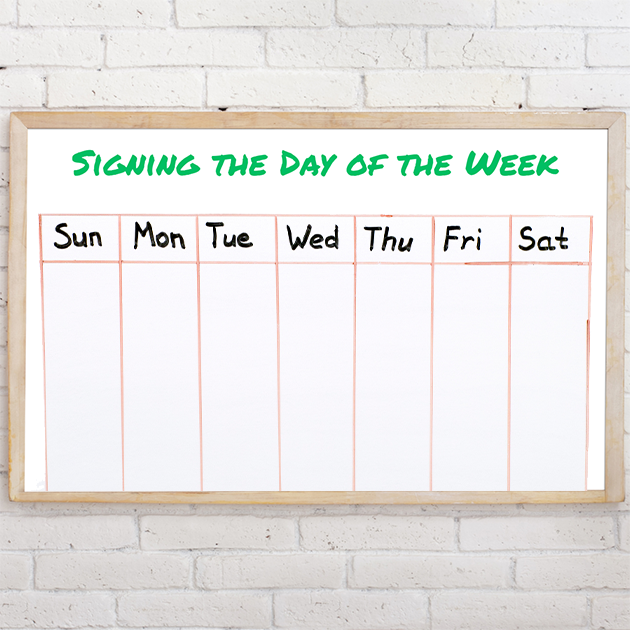Teaching Young Children to Sign
I have had several questions about how to teach young children to sign recently, so I wanted to repost an article I wrote back in 2009 (with a few modifications), which answers many of the questions.
Research has shown that a child's muscles in the hands and fingers develop at a faster rate than those in the mouth and jaw. This shows us that a child is better equipped at a young age to sign before they can speak. And children certainly can understand language long before they can speak. Because of this many people are choosing to teach their infants to use sign language as an early form of communication, oftern refered to as "baby signing". It has been known to cut down on the amount of frustration on the part of an infant trying to communicate with their parents/caregivers.
Many people's questions then are: "How do we teach a young child to sign (deaf or hearing) in a way that is fun and productive?"
My answer: Through play! I had the pleasure of watching a young, 3-year-old, deaf child play yesterday while I met with her teacher and parents during a yearly meeting for the child's education. I watched this cute little preschooler interacting rather naturally with the toys in the dramatic play area (toy kitchen, doctor kit, etc…). She was using the play microwave and placing the plastic food on a plate and "warming it up" for us. Using one hand to punch the keys on the keypad as she counted off the numbers with the other. Then she took the spaghetti out of the microwave telling us to be CAREFUL and to wait because it was HOT. The teacher prompted the child to tell us what the food was that was on the plate, to which the child answered SPAGHETTI rather matter-a-factly!
The child went to play for a good 30 minutes giving us each SHOTS from her doctor kit and telling us not to CRY, etc…. The language used and expressed by this child was amazing and it was all done through play!
Signing Savvy can help with this educational/play experience by using the printing options to create word cards for you to use at home during your play with your child. By having the food signs printed on cards that can be exchanged when you "order your food" and having the child match up the sign to the food, a child will become familiar with the signs for the toys they interact with daily. Create a menu that not only has the food signs on it but some common phrases like, "Can I take your order?" or "Thank you, please come again".
Another playful activity is to play "sign and seek", where you first introduce a few objects and the sign for the objects to your child. Then you scatter the objects around the room. After which, you show the sign for an object and ask your child to bring it to you. If you are learning sign language yourself, the Signing Savvy Member App on a mobile device, such as an iPad, is a great way to quickly look up sign videos while playing this game. You could even make a word list of all the objects in your room prior to playing, so you have quick access while you play.
Have fun with it….you'll be amazed how quickly your child (and you) will be using sign throughout your playful day!
ADVERTISEMENTS








